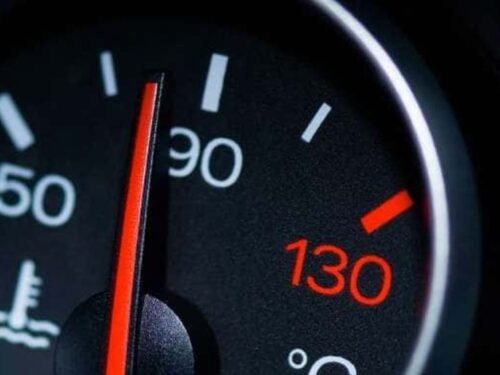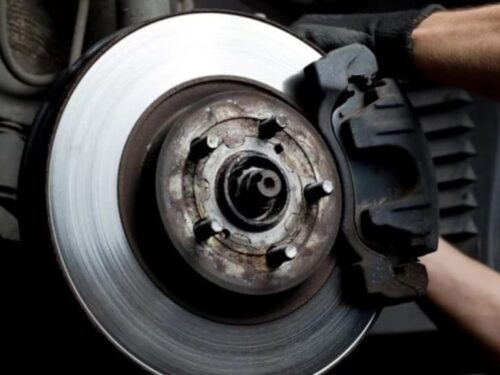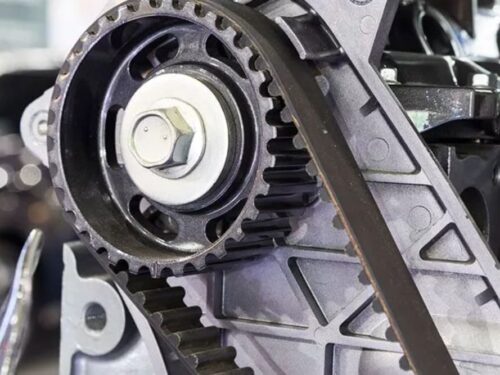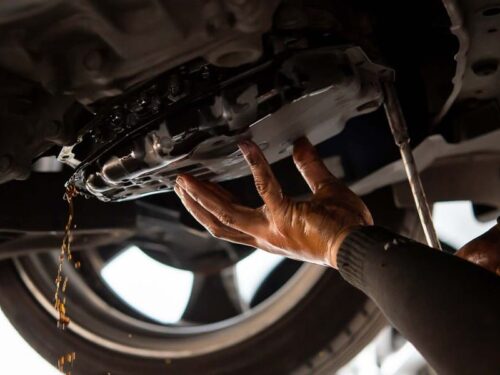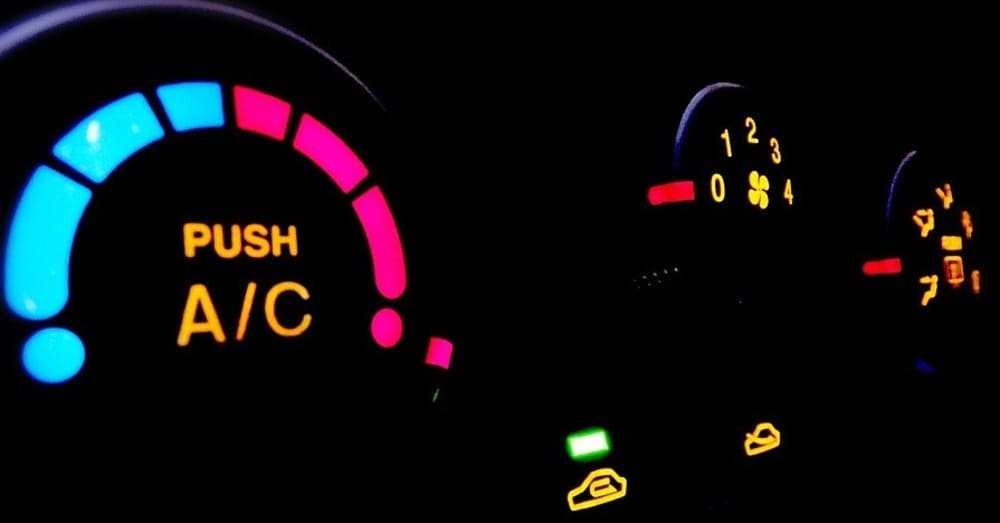
Many of us, especially those living in the south, simply can’t imagine driving our cars without an air conditioner at most times of the year. In hot weather, air conditioning doesn’t just aid in our comfort; it is necessary to prevent the risk of heat-related illnesses such as heat exhaustion and heatstroke.
With this in mind, there are measures you can take to improve the cooling effectiveness of your car’s air conditioning system, reduce its fuel consumption, and reduce the chances of its breakdown. Here are 9 tips on how to improve your car’s AC performance.
1. Start the AC While Driving
A lot of people tend to start their AC before driving. However, doing so can be a wastage of both time and fuel. Your car’s AC operates much more efficiently while driving as the compressor is able to run faster with the rotation of the engine’s crankshaft. Opening up the car’s door and sunroof to get rid of the hot air inside before you start driving can also allow the car to cool faster.
2. Window Shades
The less sunshine enters your car’s interior, the less the AC will have to work to keep its temperature cool. While the glass on modern cars is effective at blocking out UV and most infrared light, it still does little to protect against visible light. As it penetrates through the glass, it is converted into infrared light, and thus, gets trapped inside, heating up the interior.
Installing window shades can be a very affordable means to limit the amount of heat buildup. Of course, before going out to the market for window shades, be sure to check in with your local laws to ensure the ones you are buying aren’t illegal in your jurisdiction.
3. Inspect the Refrigerant
Extensive use of the car’s air conditioner can lead to a gradual decrease in the system’s refrigerant, primarily through leakage. Any refrigerant shortage within the air conditioning system can lead to poorer performance, especially when the temperatures are high. Consider having it checked every 6 to 12 months to ensure that it is at an optimal level and that there isn’t any leakage in the system.
4. Keep the AC Condenser Clean
An AC condenser is usually located right in the front of the car, just behind the grill. It is a component responsible for re-cooling the AC’s refrigerant by expelling the excess heat into the passing airflow. However, dirt and debris can pile up and clog the path of airflow, leading to much-reduced cooling efficiency. Be sure to have it periodically inspected and cleaned so that it can function optimally.
5. Inspect the AC Filter
Worn-out, dirty air filters tend to be one of the biggest causes behind the breakdown of your car’s air conditioning system. As the name implies, they filter out foreign objects such as dust, dirt, and pollen from being pulled into the system. Over time, they can get clogged up, and thus, require periodic replacement.
Not replacing your car’s old air filters means that the air conditioning system has to work harder to push the air through, increasing its fuel consumption and leading to reduced cooling performance.
6. Switch the AC to Recirculation Mode
Often it might be more efficient to switch your AC to recirculation mode instead of letting it cool air from the outside, especially when the said outside air is above 100 F. When you start driving, roll down the car’s windows for a few minutes and turn the AC control to fresh air mode, letting the hot, stagnant air escape to the outside. If there is a sunroof installed, be sure to open it as well. Since hot air rises, this can help vent it out of the car much faster. Afterward, close the windows and switch the AC to recirculation mode.
7. Install an AC Curtain
On larger SUVs, Minivans, and MUVs, it might be wasteful to have the entirety of its interior cooled when there are only a few occupants. Installing an AC Curtain can cut the area inside that needs to be cooled, allowing you to achieve a comfortable temperature much more quickly.
8. Park Smartly
Whenever possible, try to keep your car parked in the shade. Since the majority of the heat that enters the car tends to be in the form of radiation, keeping it always from direct sunlight can mean a temperature difference of as much as 30 degrees.
In case you can’t find any shade to park your car in, another step you can take is to open your parked car’s windows slightly provided there are no risks associated with it at the given location. Allowing air to circulate through the car can help its interior doesn’t get as hot as it would have otherwise.
9. Have Your Car Serviced
Be it any machine, they perform their best when they are well-maintained. To keep your car’s air conditioning system working optimally, be sure to have the car inspected and serviced on a regular interval by professionals. They will test to see if all its various components and hoses are operating properly, check them any leaks and damage, and have them repaired or replaced if necessary.
Since demand tends to peak during the summer months, it is better to have the car service before so that you can take advantage of reduced pricing and lower waiting time.
Concluding Note
No matter how hot the temperature outside, by following these tips, you will be able to ensure that your car’s interior will stay cool no matter what. In addition, in the long run, you will add to your saving by having to pay less in fuel as well as in repairs or part replacements related to the car’s air conditioning system. If you found the content of this article to be helpful, be sure to share it with others who may also find it useful.
Courtesy of paautoinspection


